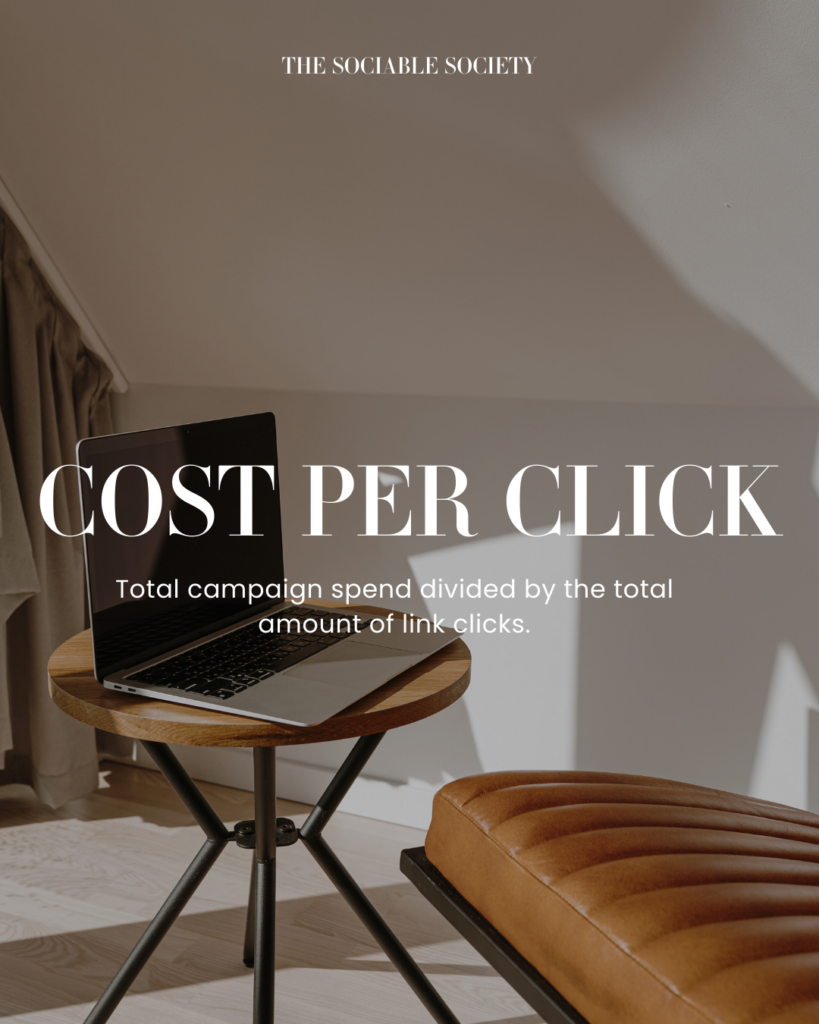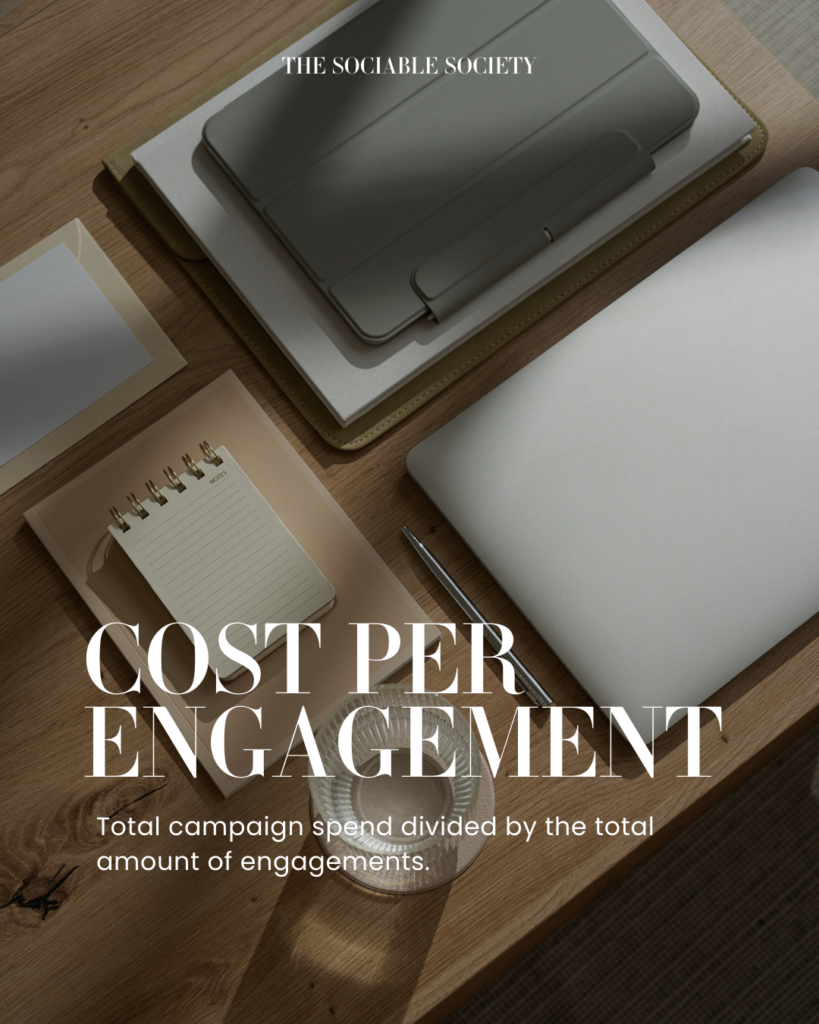In today’s digital landscape, influencer marketing has emerged as a powerful strategy for brands to connect with their target audiences. By collaborating with creators or influencers who have established credibility and a loyal following, businesses can leverage influencers’ reach to promote products and services authentically.
While influencer marketing offers immense potential, measuring its effectiveness is crucial. Without proper metrics, it’s challenging to determine the success of campaigns, optimize strategies, and justify investments.
This quick guide delves into the essential influencer marketing metrics that marketers should track to ensure their influencer and creator collaborations yield tangible results.
The Quick Guide To Influencer Marketing Metrics: Table Of Contents:
1. Introduction
- The Rise of Influencer Marketing
- The Importance of Metrics in Influencer Marketing
2. Key Influencer Marketing Metrics
- Reach and Impressions
- Engagement Metrics
- Click-Through Rate (CTR)
- Conversion Rate
- Return on Investment (ROI)
- Cost Per Mille (CPM)
- Audience Growth
- Sentiment Analysis
- Brand Mentions
- Affiliate Link Performance
3. How to Measure Influencer Marketing Performance
- Setting Clear KPIs
- Utilizing Analytics Tools
4. Best Practices for Tracking Metrics
- Aligning Goals with Metrics
- Selecting the Right Influencers
- Consistent Reporting and Analysis
5. Influencer Marketing Metrics Across Different Platforms
- Instagram Metrics
- YouTube Metrics
- TikTok Metrics
- Other Platforms
6. Calculating ROI in Influencer Marketing
- Methods and Formulas
- Real-world Examples

7. Conclusion
- The Future of Influencer Marketing Metrics
- Final Thoughts
8. FAQs
The Key Influencer Marketing Metrics








Reach and Impressions
– Reach refers to the total number of unique users who have seen the influencer’s content.
– Impressions indicate how many times the content was displayed, regardless of clicks.
Why It Matters: Understanding reach and impressions helps gauge the potential visibility of your campaign.
Engagement Metrics
- Likes — The number of likes reflects how well the content resonates with the audience.
- Comments — Comments provide insight into audience interactions and can highlight feedback or questions.
- Shares — Shares amplify content reach and indicate that the audience finds the content valuable enough to share with others.
- Saves — Saves indicate users are actively bookmarking your content to refer back to or share with others, signaling strong interest and intent.
Why It Matters: High engagement rates suggest that the content is compelling and relevant to the audience.
Click-Through Rate (CTR)
CTR measures the percentage of viewers who click on a link within the influencer’s content.
Why It Matters: A high CTR indicates effective call-to-actions and audience interest.
Conversion Rate
The percentage of users who take a desired action after clicking through, such as making a purchase or signing up for a newsletter.
Why It Matters: Conversion rates directly relate to the campaign’s return on investment.
Return on Investment (ROI)
ROI assesses the profitability of the influencer marketing campaign relative to its cost.
Why It Matters: ROI helps determine if the campaign is financially worthwhile.
Cost Per Mille (CPM)
CPM denotes the cost per thousand impressions.
Why It Matters: CPM allows for budgeting and comparing the cost-effectiveness of different influencers or campaigns.
Audience Growth
Tracking the increase in followers or subscribers resulting from the campaign.
Why It Matters: Indicates long-term benefits and brand exposure.
Sentiment Analysis
Evaluates the audience’s attitude toward the content, whether positive, negative, or neutral.
Why It Matters: Helps understand brand perception and potential areas of improvement.
Brand Mentions
Counts how often the brand is mentioned across platforms during the campaign.
Why It Matters: Increased mentions can enhance brand awareness.
Affiliate Link Performance
Measures sales or leads generated through unique affiliate links provided to influencers.
Why It Matters: Directly correlates influencer activity with revenue generation.
How to Measure Influencer Marketing Performance
Setting Clear KPIs
– Define Objectives: Establish what you aim to achieve, such as brand awareness, engagement, or sales.
– Align Metrics with Goals: Choose metrics that directly reflect your objectives.
Utilizing Analytics Tools
– Platform Analytics: Use built-in tools like Instagram Insights, TikTok Insights and/or YouTube Analytics.
– Third-Party Tools: Leverage software like TikTok Ads Manager, Facebook Business Manager, CreatorIQ, Google Analytics, Sprout Social, or Hootsuite for deeper insights.
– Custom Tracking: Implement UTM parameters and unique promo codes to track specific campaigns.
Best Practices for Tracking Influencer Marketing Metrics
Aligning Goals with Metrics
Ensure that the metrics you track are directly related to your campaign goals for accurate assessment.
Selecting the Right Influencers
– Audience Alignment: Choose influencers whose audience matches your target demographic.
– Engagement Quality: Look beyond follower count to the quality of interactions.
Consistent Reporting and Analysis
– Regular Check-Ins: Monitor metrics throughout the campaign to make timely adjustments.
– Post-Campaign Analysis: Evaluate overall performance to inform future strategies.
Influencer Marketing Metrics Across Different Platforms
Instagram Influencer Metrics
– Story Views
– Saves
– Profile Visits
Tip: Use Instagram Insights for detailed analytics.
YouTube Influencer Metrics
– Watch Time
– Audience Retention
– Subscriber Growth
Tip: YouTube Analytics provides comprehensive data on video performance.
TikTok Influencer Metrics
– Video Views
– TikTok Comment Anchor Link Clicks
– Engagements (Likes, Comments, Shares, Saves)
Tip: TikTok Pro accounts offer analytics to track these metrics.
Other Platforms
– Twitter: Retweets, mentions, and hashtag engagement.
– Facebook: Post reach, reactions, and link clicks.
Calculating ROI in Influencer Marketing
Methods and Formulas
Basic ROI Formula:
Real-world Examples
– Example 1: If a campaign costs $10,000 and generates $15,000 in sales, the ROI is 50%.
– Example 2: A campaign costing $5,000 leads to 500 new subscribers valued at $10 each, totaling $5,000 in value, resulting in a 0% ROI but potential future gains.
The Future of Influencer Marketing Metrics: Final Thoughts
As influencer marketing evolves, so will the metrics used to measure its success. Emerging technologies like AI and advanced analytics will provide deeper insights into consumer behavior.
Measuring the right metrics is essential for maximizing the effectiveness of influencer marketing campaigns. By focusing on meaningful data, brands can make informed decisions, optimize strategies, and achieve their marketing objectives.
By focusing on these metrics and best practices, brands can effectively measure and enhance the success of their influencer marketing campaigns.
Influencer Marketing Metrics FAQs
Q1: What are KPIs for influencer marketing?
A: Key Performance Indicators (KPIs) for influencer marketing include reach, engagement rate, click-through rate (CTR), conversion rate, return on investment (ROI), cost per mille (CPM), and customer acquisition cost (CAC).
These metrics help assess the effectiveness of influencer campaigns in meeting specific marketing goals.
Q2: How to measure influencer marketing performance?
A: Influencer marketing performance can be measured by:
- Setting clear objectives and KPIs.
- Utilizing analytics tools provided by social media platforms.
- Tracking metrics such as engagement, conversions, and ROI.
- Using unique tracking links, promo codes, or UTM parameters to attribute results directly to influencer activities.
Q3: How to see influencer metrics?
A: Influencer metrics can be accessed through:
- Platform Analytics: Influencers can share insights from platforms like Instagram Insights or YouTube Analytics.
- Third-Party Tools: Tools like Sprout Social or HypeAuditor provide influencer analytics.
- Direct Reports: Requesting detailed performance reports from influencers.
Q4: What is the CPM of influencer marketing?
A: Cost Per Mille (CPM) in influencer marketing refers to the cost per thousand impressions. CPM rates vary widely based on the influencer’s niche, audience size, engagement rate, and platform.
On average, CPM can range from $5 to $20, but high-demand influencers may charge more.
Q5: Influencer marketing metric examples
A: Examples of influencer marketing metrics include:
- Engagement Rate: Percentage of the audience that interacts with the content.
- Conversion Rate: Percentage of audience that completes a desired action.
- Brand Mentions: Number of times the brand is mentioned during the campaign.
- Follower Growth: Increase in followers or subscribers resulting from the campaign.
Q6: Best influencer marketing metrics
A: The best metrics depend on campaign goals but generally include:
- ROI: Measures the profitability of the campaign.
- Engagement Rate: Indicates content effectiveness.
- Conversion Rate: Shows how well the campaign drives desired actions.
- Audience Quality: Assesses the relevance of the influencer’s followers to your brand.
Q7: How to measure influencer marketing ROI?
A: ROI can be measured by:
1. Calculating the total revenue generated from the campaign.
2. Subtracting the total cost of the campaign.
3. Dividing the result by the total cost of the campaign.
4. Multiplying by 100 to get a percentage.
Formula:

Q8: What are specific Instagram influencer metrics?
A: Key Instagram influencer metrics include:
- Engagement Rate: Likes, comments, and shares relative to follower count.
- Story Metrics: Impressions, exits, replies, and swipe-ups.
- Follower Demographics: Age, gender, location insights.
- Content Reach: Number of unique users who saw the content.
Q9: How to measure influencer marketing success effectively?
A: Success can be measured by:
- Comparing actual results to predefined KPIs.
- Analyzing increases in brand awareness, engagement, and conversions.
- Evaluating ROI to determine financial effectiveness.
- Assessing qualitative feedback and sentiment from the audience.